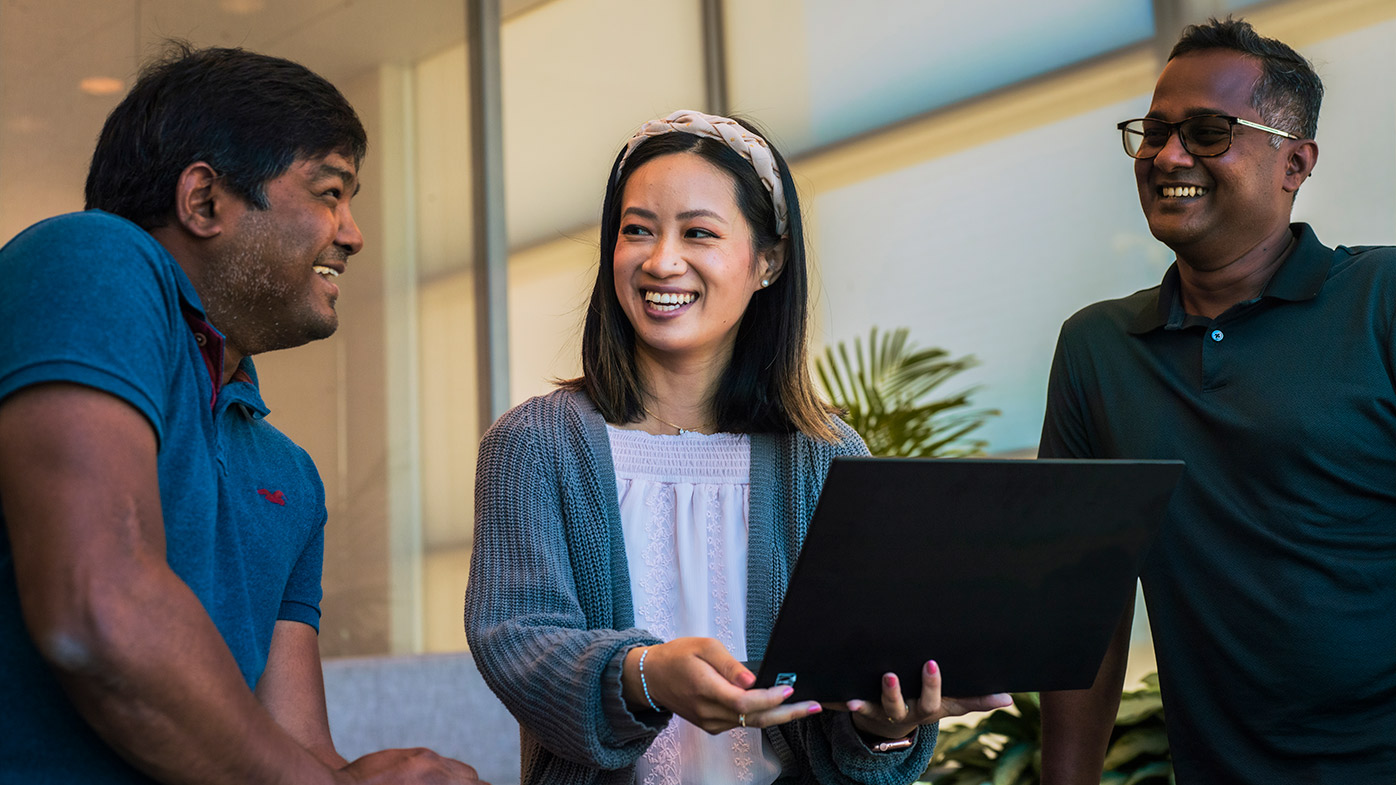When I came to Bristol Myers Squibb in March 2020 — the very month the World Health Organization declared COVID-19 a pandemic — right away it was obvious to me that patients are at the center of everything we do. It’s a special ethos that’s built into the culture, not just talking points. Everyone pulls together for the individuals we serve, and it’s awesome to see its impact in action.
I’m a longtime veteran of the healthcare business. As an investment banker on Wall Street for 27 years, dealing with pharmaceutical and diagnostic companies, I’ve led over $300bn of M&A transactions, supported many complex financings and taken many companies public. I’ve long known how all those transactions could ultimately benefit patients by supporting product innovation, but I was a step removed from seeing that impact directly. I was so excited to come to Bristol Myers Squibb and have the opportunity to both influence and witness the benefits our medicines bring to patients.
My role as Executive Vice President of Strategy & Business Development calls for me to oversee all enterprise strategy, shaping our priorities for business and corporate development as well as tackling mergers, acquisitions and strategic partnerships alike. Our appetite for innovation and new products is massive and constant, and we know how important it is to go after the best science, even if it comes from outside our doors. We look to the ecosystem of external partners across startups, incubators, academia, biotech and our peer biopharma to ensure we can identify and implement solutions that may not be possible to attain without the expertise of others.
My 150-member team and I, in collaboration with the company’s industry-leading researchers and drug developers, scout around the world to detect promising opportunities to bring cutting edge science to patients in need. Every conversation we have here starts with this question: What’s the promise of the medicine being pursued and how can the patient benefit?
In the course of a year, we’ll triage more than 2,000 potential deals. But we’ll seriously evaluate only a small percentage of larger collaborations and mergers and acquisitions. All along, we ask ourselves numerous key questions. Do we see compelling science that has the potential to bring an important solution for patients? Would this be a strong strategic fit? Can we take it global? Always we focus on science that is best- or first-in-class for serious diseases. Finally, in any deal, we’re determined to ensure strong financial returns for the company and our shareholders.
I’m fortunate in that even though I’m a non-scientist, I still get to have a direct impact on patients. This is more than a business to me, and what I do for patients here every day is also profoundly personal. My mother was a psychiatric nurse, and she had a big influence on me. She would talk to me after she came off a shift about the challenges her patients were facing with schizophrenia, bipolar disorder and other serious mental health issues. She always stayed attuned to the opportunities to help treat patients with new medicines coming out and recognized those medicines for the important innovations they were, including medicines from Bristol Myers Squibb.
So, as I considered industries that interested me for my career, I already had an appreciation, from a young age, of what innovative medicines could deliver for patients. No industry other than healthcare can bring more tangible results in making lives better or even saving lives.
As long as there are people out there with unmet medical needs, my team and I will keep searching for the next innovation that can help bring about a brighter future. Together, all of us here strive in a spirit of compassion to sustain more families with hope. It’s incredibly rewarding to have the opportunity, every day, to see how our actions in the corporate boardroom directly translate into benefits for patients, including my mother. In my role for here, I have a chance to honor her and her legacy of devotion to patients. In 2005, my mother was diagnosed with chronic myeloid leukemia. I made it my mission to ensure she had the best care. She lived another 15 years after her diagnosis, long enough to see six grandchildren born and serve her patients for 13 more years. And for 13 of those years, she used a medicine made by — yes, that’s right — Bristol Myers Squibb.



